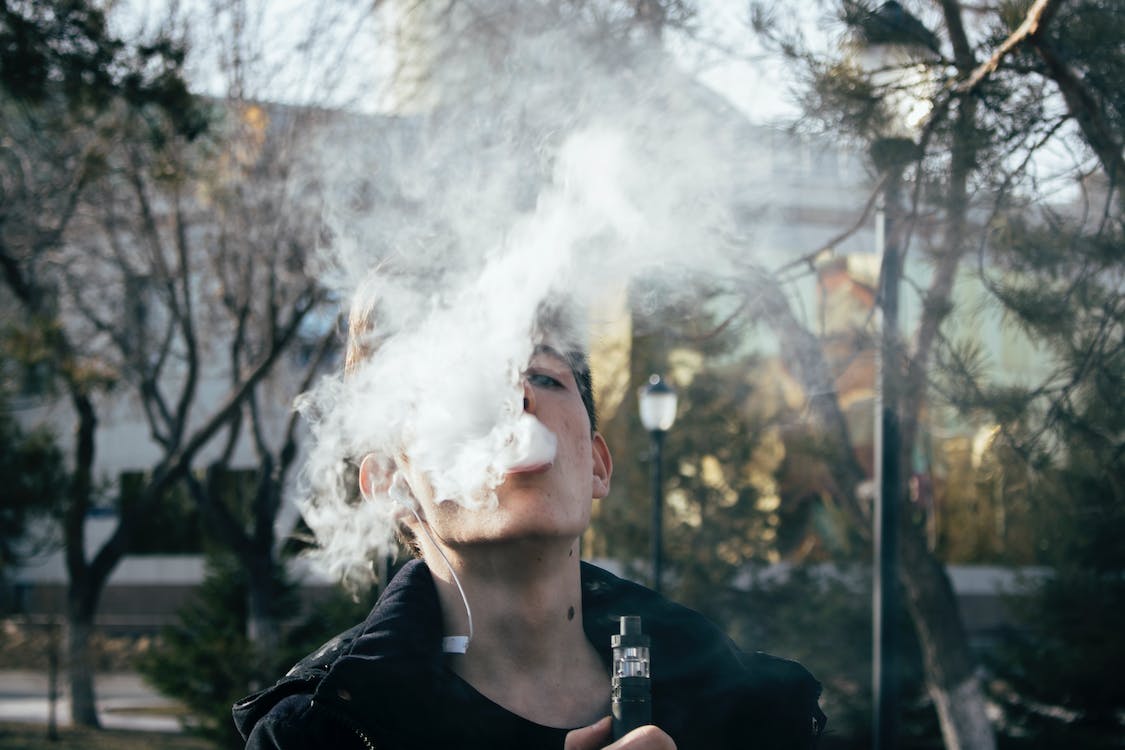From Concept to Clouds: How Vape Flavors are Created
Jul 03, 2023 14:19
As electronic cigarettes and vaping devices permeate modern culture, the alchemy of e-liquid flavor creation emerges as a riveting intersection of science, art, and consumer trends. With options ranging from classic tobacco to whimsical flavors like unicorn milk, the sheer diversity in e-liquids speaks to the ingenuity and meticulous craftsmanship involved in their creation. These enticing concoctions are more than mere mixtures; they represent an elaborate symphony of flavor chemistry, culinary artistry, demographic understanding, and compliance with ever-evolving regulations.
Each bottle of e-liquid is the culmination of countless hours of research, experimentation, and refinement. Flavorists, equipped with a keen understanding of chemistry and gastronomy, work alongside marketers and regulatory experts to craft a product that not only tantalizes the taste buds but also adheres to stringent safety and quality standards. The dynamic nature of consumer preferences and regulatory landscapes further compounds the complexity of the process. In this article, we will give an overview of vape flavor creation, unmasking the meticulous steps that transform raw ingredients into the aromatic symphonies housed in the tiny bottles on store shelves.

Understanding the Ingredients
E-liquids generally consist of Propylene Glycol (PG), Vegetable Glycerin (VG), nicotine, and flavorings. PG and VG form the base, nicotine adds the kick (if desired), and flavorings are the key ingredients that define the taste.
PG and VG are both chemically derived from plant base oils which are prized for creating denser, thicker clouds. They can commonly be found in different foods, cosmetics, and pharmaceuticals.
How to Create Vape Flavors
Here’s the step-by-step process of creating vape flavors:
1. Research and Conceptualization
The creation of vape flavors starts with extensive research and brainstorming. Manufacturers seek inspiration from popular food and drink flavors, current trends, or even create new flavors through experimentation. The initial phase involves understanding the target audience and market demand.
2. Flavor Profiling
Once the concept is defined, flavorists (skilled professionals who specialize in creating flavors) start working on flavor profiling. This process involves identifying and combining ingredients that will recreate the desired flavor. Natural or artificial flavorings, or a mix of both, are used to achieve this. For complex flavors like desserts, several ingredients might be combined to create the layers of taste.
3. Mixing and Testing:
After profiling, the flavorings are mixed with the PG/VG base in specific ratios. This concoction is then subjected to a series of tests to ensure that the flavor meets the desired profile. Tasting panels often assess the flavors for accuracy, depth, and appeal. Feedback from these panels allows for adjustments to be made to improve the recipe.
4. Steeping:
Steeping is akin to allowing a wine to age; it lets the e-liquid’s flavors meld and mature. The e-liquid is stored in a cool, dark place for a period ranging from a few days to several weeks. This process enhances the complexity and richness of the flavor.
5. Safety and Quality Control:
Reputable manufacturers conduct thorough tests to ensure that the e-liquid is free from harmful substances and contaminants. Quality control measures are employed to ensure that each batch maintains an even consistency with the same flavor profile.
6. Packaging and Marketing:
Once the e-liquid has passed all the quality and safety checks, it is packaged in bottles or cartridges. The packaging itself is an essential aspect, as it needs to be both appealing and compliant with regulations. The product is then marketed, often with elaborate descriptions to entice the consumers.
The creation of vape flavors is a meticulous process that combines art, science, and consumer insights. From initial conceptualization to the final product, each step is integral in shaping the flavor's identity. As the vaping industry continues to evolve, we can expect even more innovative and diverse flavors on the market. However, consumers should remain vigilant and opt for products from reputable manufacturers that prioritize safety and quality.







































































